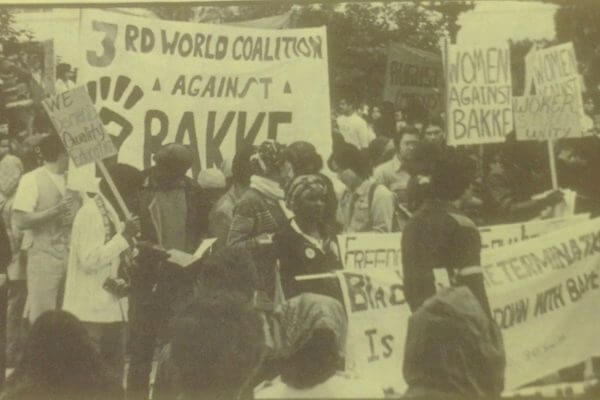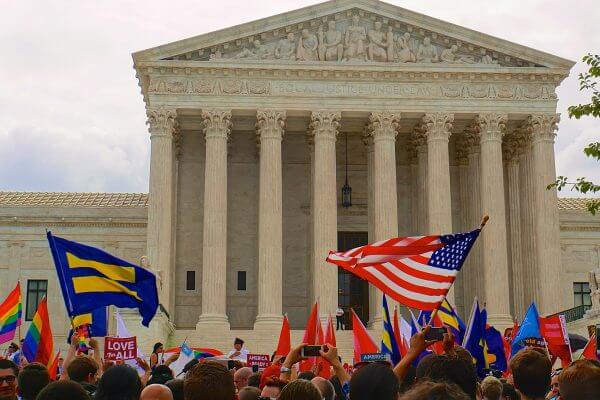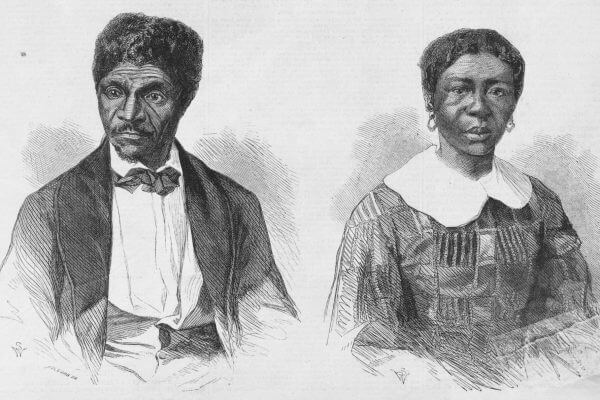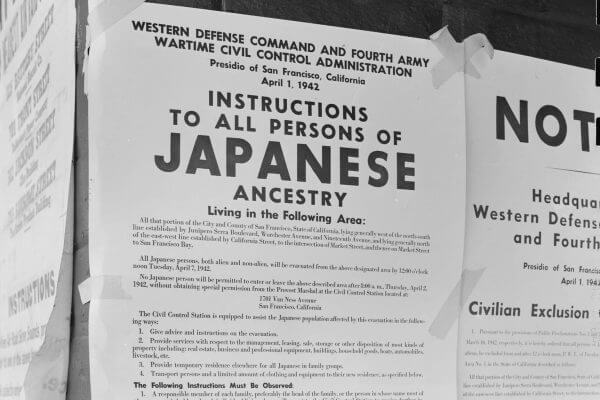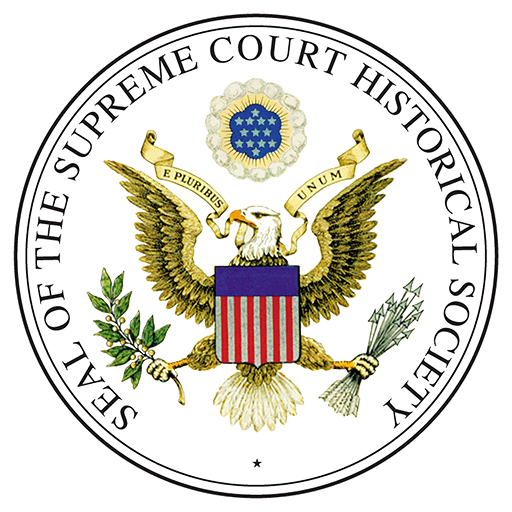
Brown v. Board of Education (1954)
Segregation in Public Education is Unconstitutional
Students in a segregated, one-room school in Waldorf, Maryland (1941)
Photo Credit: National Archives at College Park, Public domain, via Wikimedia Commons
Overview
In Topeka, Kansas, in the 1950s, schools were segregated by race. Each day, Linda Brown and her sister had to walk through a dangerous railroad switchyard to get to the bus stop for the ride to their all-Black elementary school. There was a school closer to the Brown’s house, but it was only for White students.
Linda Brown and her family believed that the segregated school system violated the 14th Amendment and took their case to court. The federal District Court decided that segregation in public education was harmful to Black children, but the segregation was legal because all-Black schools and all-White schools had similar buildings, transportation, curricula, and teachers.
The Browns appealed their case to the U.S. Supreme Court, stating that even if the facilities were similar, segregated schools could never be equal. The Court decided that state laws requiring separate but equal schools violated the Equal Protection Clause of the 14th Amendment.

Students in a segregated, one-room school in Waldorf, Maryland (1941)
Photo Credit: National Archives at College Park, Public domain, via Wikimedia Commons
"We conclude that the doctrine of ‘separate but equal’ has no place. Separate educational facilities are inherently unequal"
- Chief Justice Earl Warren, writing for a unanimous Court
Learning About Brown v. Board of Education
Students
This section is for students. Use the links below to download classroom-ready .PDFs of case resources and activities.
About the Case
Full Case Summaries
A thorough summary of case facts, issues, relevant constitutional provisions/statutes/precedents, arguments for each side, decision, and case impact.
Case Background and Vocabulary
Important background information and related vocabulary terms.
Learning Activities
Teachers
Use the links below to access:
- student versions of the activities in .PDF and Word formats
- how to differentiate and adapt the materials
- how to scaffold the activities
- how to extend the activities
- technology suggestions
- answers to select activities
(Learn more about Street Law's commitment and approach to a quality curriculum.)
About the Case
- Full Case Summaries: A summary of case facts, issues, relevant constitutional provisions/statutes/precedents, arguments for each side, decision, and impact. Available at high school and middle school levels.
- Case Background: Background information at three reading levels.
- Case Vocabulary: Important related vocabulary terms at two reading levels.
- Diagram of How the Case Moved Through the Court System
- Case Summary Graphic Organizer
- Case Summary Graphic Organizer - Fillable
- Decision: A summary of the decision and key excerpts from the opinion(s)
Learning Activities
Teacher Resources
Teaching Strategies Used
Planning Time and Activities
If you have ONE day...
- Read the background summary (•••, ••, •) and answer the questions.
- Complete the Classifying Arguments Activity. Discuss which arguments the students find most convincing.
- For homework, have students read the Key Excerpts from the Majority Opinion: Brown I (1954) and Key Excerpts from the Unanimous Opinion: Brown II (1955) and answer the accompanying questions.
If you have TWO days...
- Complete all activities for the first day (excluding homework).
- Next, complete the Political Cartoon Analysis Activity.
- Read and discuss the Key Excerpts from the Majority Opinion: Brown I (1954) and Key Excerpts from the Unanimous Opinion: Brown II (1955).
If you have THREE days...
- Complete all activities suggested for the first and second days.
- On the third day, have students complete the following activities: Immediate Reaction to the Decision.
- Complete the All Deliberate Speed activity.
- For homework, have students complete the Local History Project activity.
If you have FOUR days...
- Complete all the activities for the first, second, and third days.
- On the fourth day, students should complete the Applying Precedents Activity: Fisher v. University of Texas.
- Next, complete the 14th Amendment’s Equal Protection Clause lesson.
Glossary
These are terms you will encounter during your study of Brown v. Board of Education. View all Glossary terms here.
Related Cases
Legal Concepts
- These are legal concepts seen in Brown v. Board of Education. Click a legal concept for an explanation and a list of other cases where it can be seen. View all Legal Concepts here.
